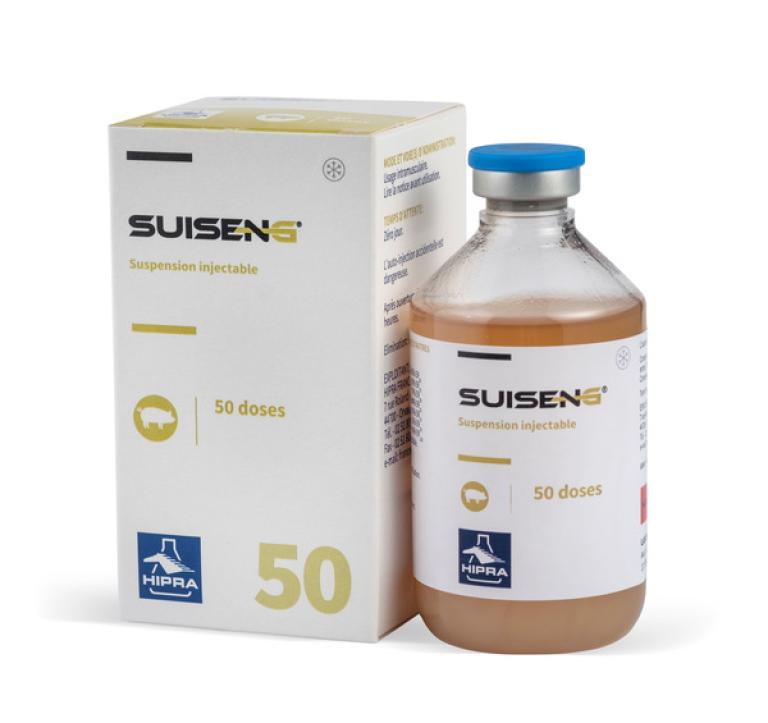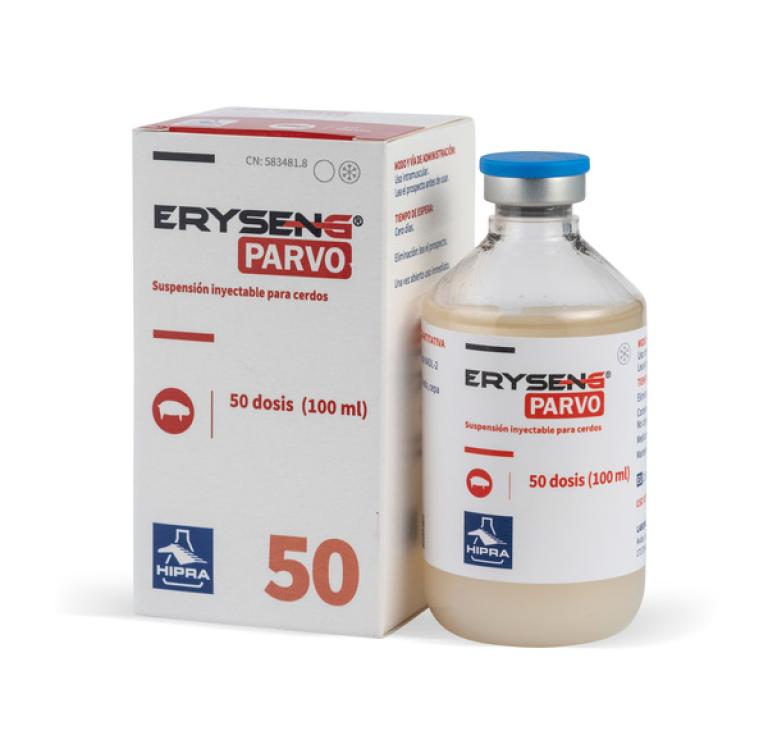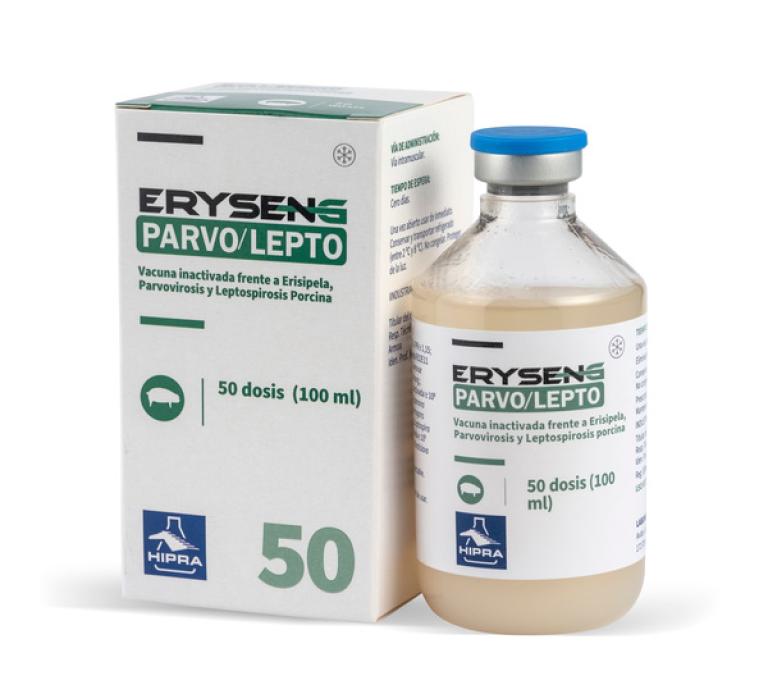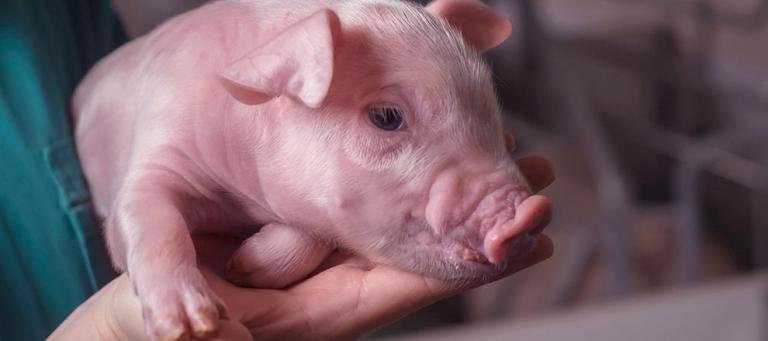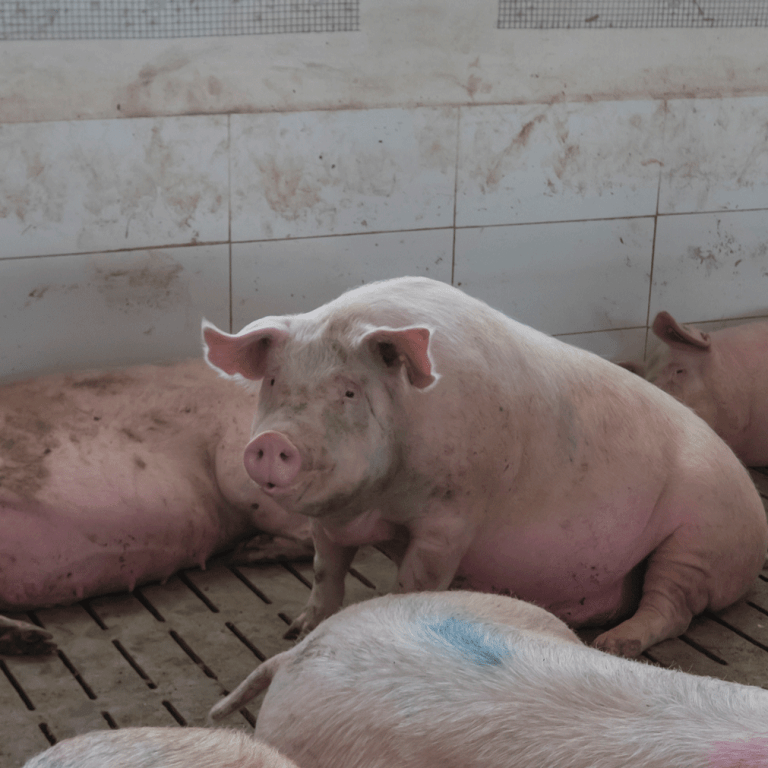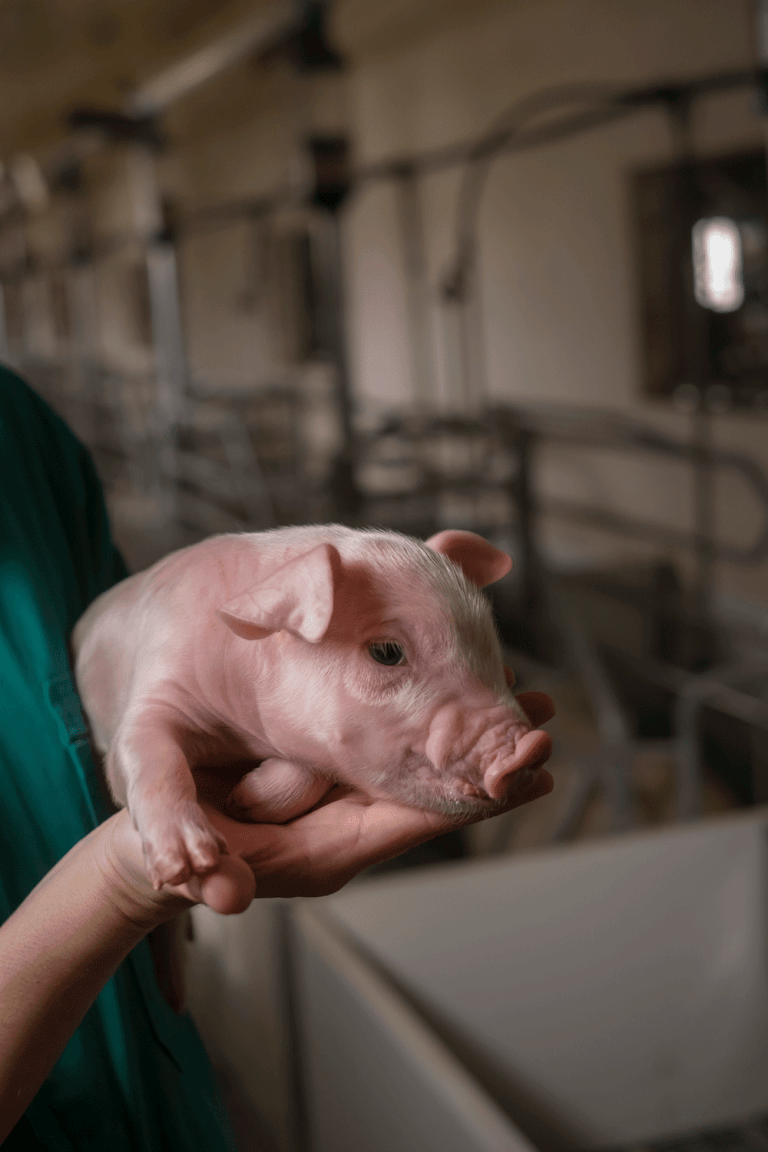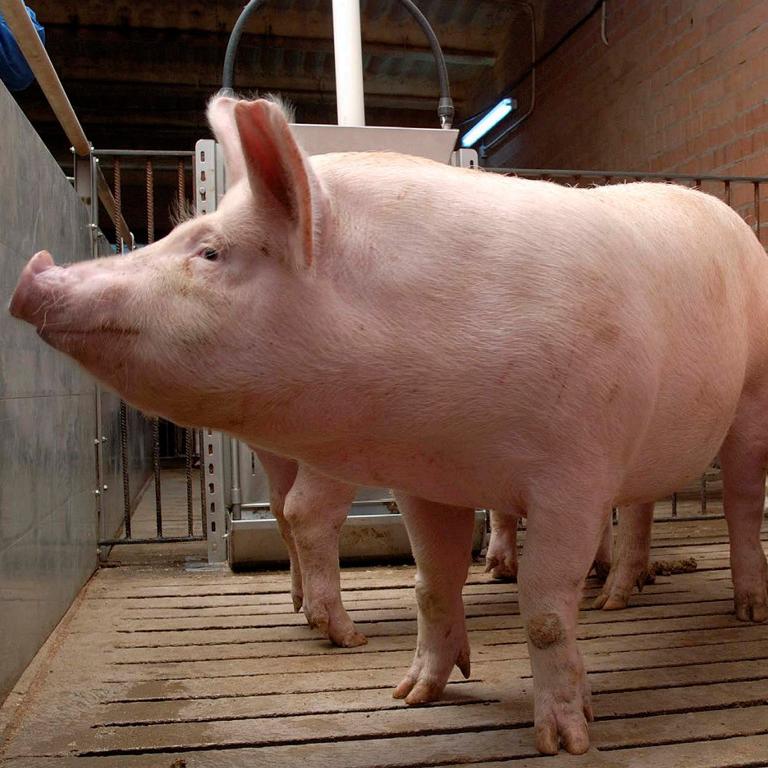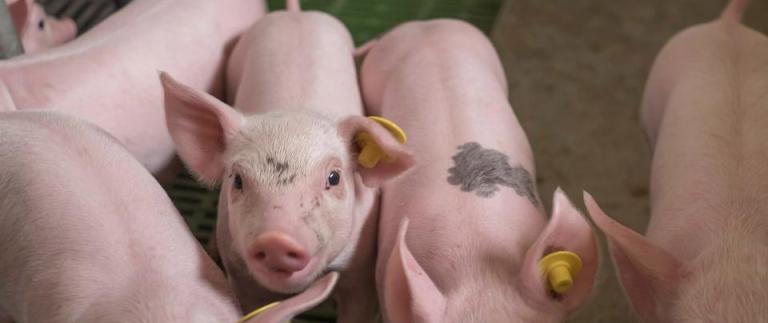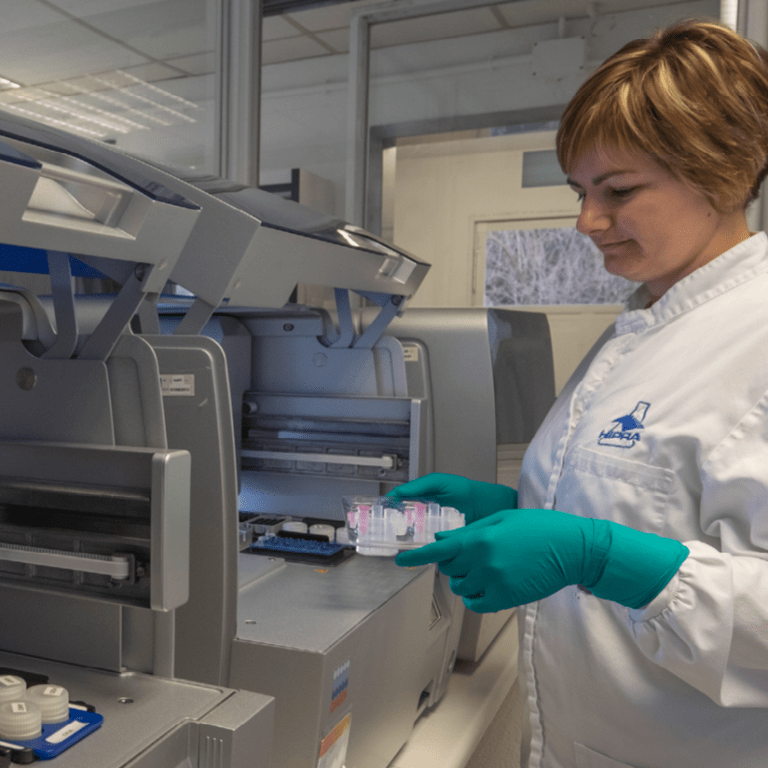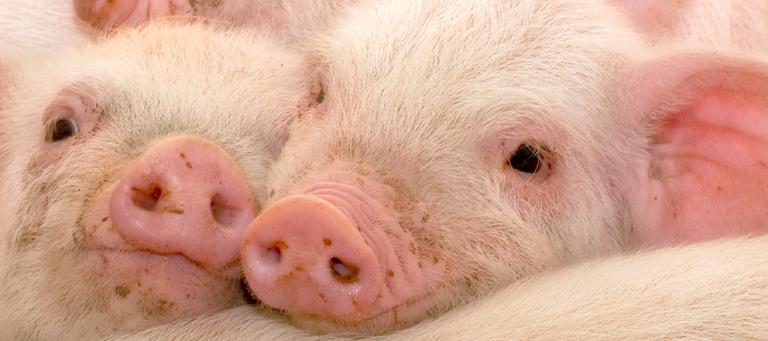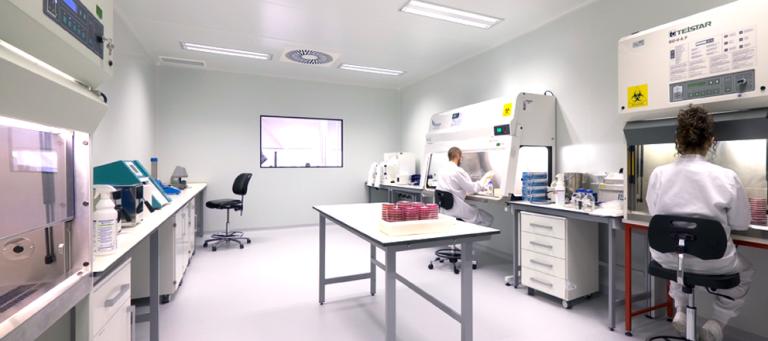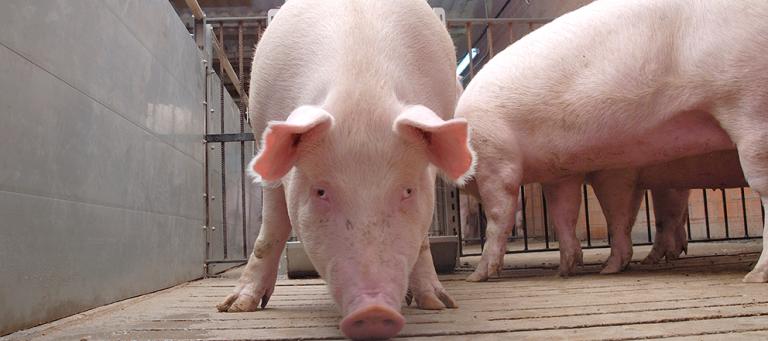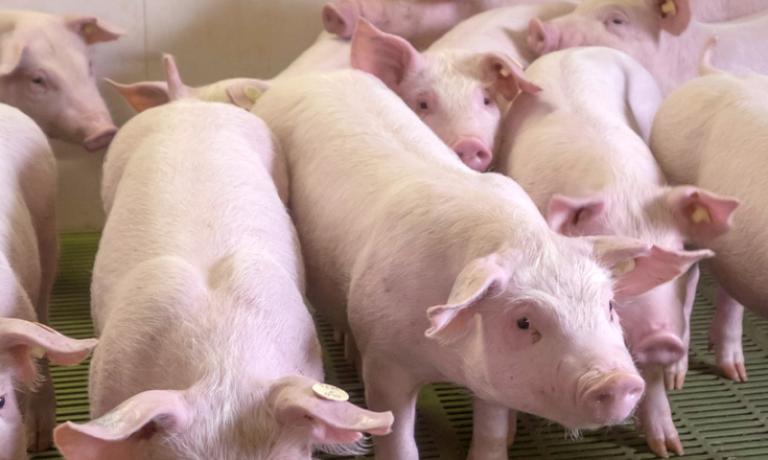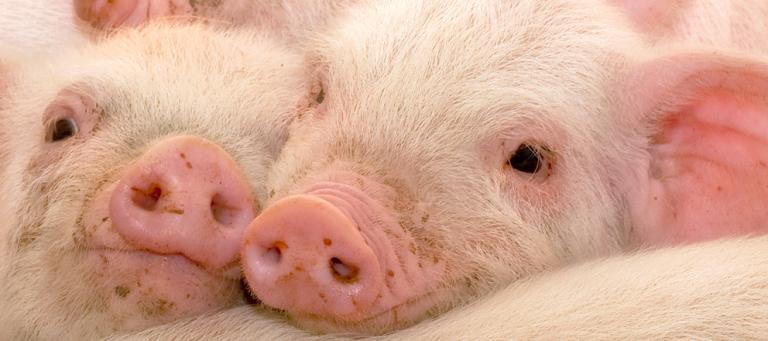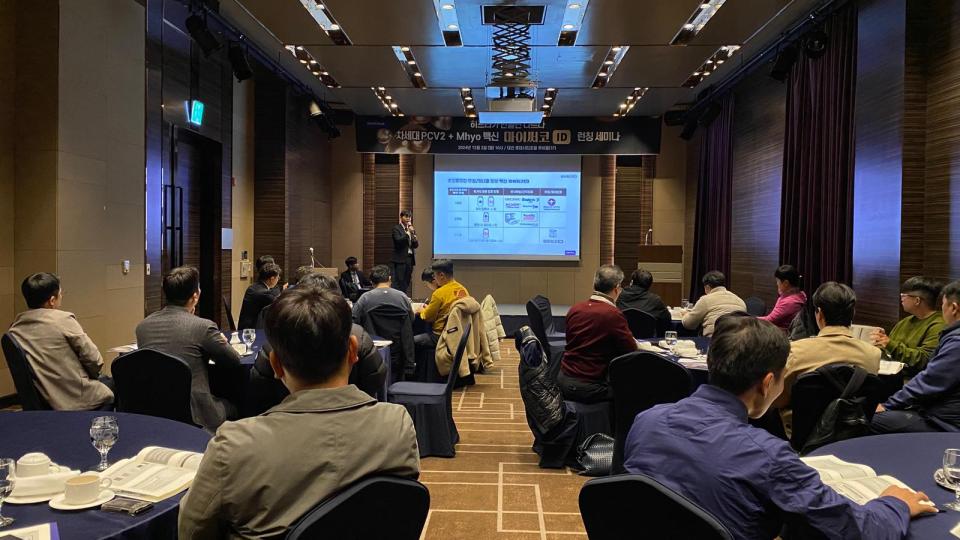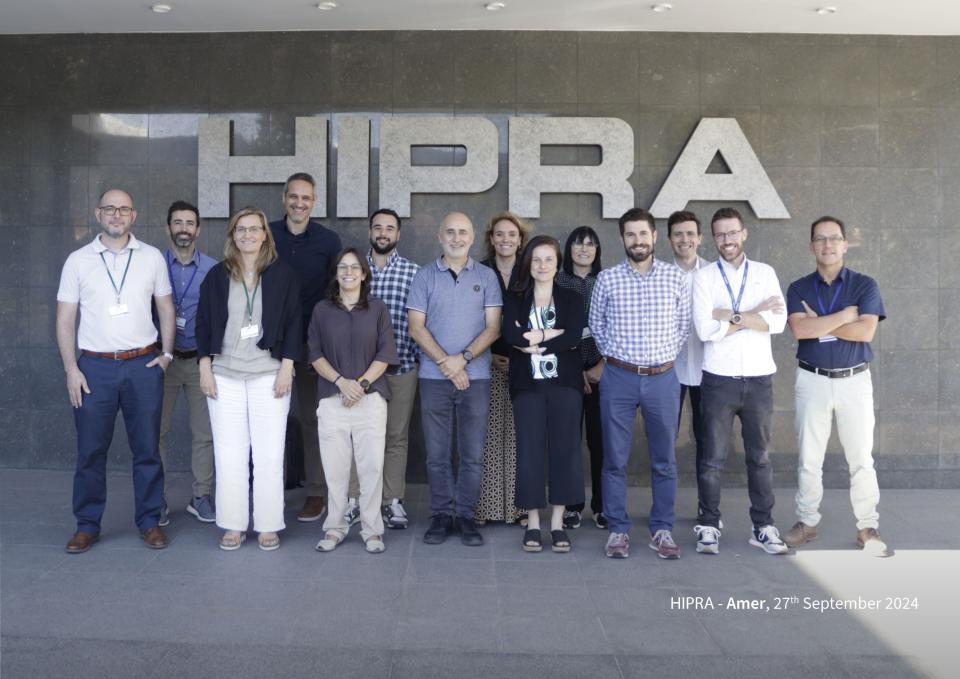Article written by:
Oriol Boix Mas (Corporate Product Manager at HIPRA).
Igancio Bernal Orozco (Corporate Brand Manager at HIPRA).
Annelies Michiels and Sjouke Van Poucke (Technical and Marketing Managers at HIPRA)
4b. MANAGEMENT: Good vaccination practices
Many diseases of swine are of infectious origin, whether caused by bacteria, viruses, parasites, fungi or yeasts.
These are agents that can be transmitted between hosts in different ways (horizontally, vertically, directly and indirectly) and via different routes (alimentary, respiratory, urogenital, cutaneous, etc.)1.
In every case, the final result is that transmissible diseases compromise health and wellbeing of the animals, as well as their productivity, which has a significant economic impact on the swine industry.
Examples of this are the economic losses resulting from diseases such as swine dysentery, colibacillosis and post-weaning diarrhoea, amounting to 133, 134 and 84€ per breeding sow per year respectively2.
Basis for immunization
Vaccines are prophylactic tools used for the control of infectious diseases by means of preparations containing antigenic substances (with or without adjuvants), aiming to induce a specific active immunity with memory4.
This immunological memory allows the body to develop an effector response within a period in the event of a future interaction with the pathogen in question.
In livestock industry, the susceptible population is large and is constantly changing.
Even in those cases in which there is control of the disease by means of mass vaccination, smaller groups of susceptible animals may arise which do not generate antibodies, either as a result of genetic or physiological factors or of management factors.
In the light of this situation, resistance to the disease in a population of animals does not depend only on the generation of individual immunity, but also on the achievement of what is known as “Herd Immunity”.
This concept is a key element in animal production and is created when a population of animals, after vaccination, generates a certain level of resistance to infection with a disease, making transmission difficult thanks to the immunity generated in the majority of individuals (Figure1)5.

Figure 1. Concept of herd immunity under field conditions
Guidance for the correct administration of vaccines
A) VACCINATE HEALTHY, STRESS-FREE ANIMALS
As well as being an essential element in terms of animal welfare, vaccination of animals that are suffering from an infectious process at the time of injection will result in an inferior immune response compared to what can be expected, compromising its state of health in the future.
Hence, it is essential that the veterinarian confirm the optimum state of health of the animals before carrying out the vaccination, either by physically examining them or by the use of diagnostic techniques.
On the other hand, various authors agree on the fact that physical and psychological stress in the animals alters their immune function, leading to a transient state of immunodepression.
Example of such factores are excessive heat or cold, overcrowding, mixing with other animals, weaning, a change of feed, transport or inappropriate handling during the vaccination process (6-9).
Once again, avoidance of stressful situations will mean a positive outcome in terms of animal welfare and will increase the extent of the immune response.
B) OPTIMAL STORAGE OF VACCINES
Vaccines are preparations that are sensitive to temperature and sunlight, which means that correct storage on-farm will be key to maintain their immunogenic properties. Listed below are the critical concepts to be borne in mind during the storage of vaccines.
- Keep refrigerated, between +2 °C and +8 °C, without breaking the cold chain at any time.
- Record the storage temperature with a maximum and minimum thermometer and regularly check the measurements.
- Do not allow the vaccines to be frozen.
- Keep the vaccines away from the sun’s rays and artificial light.
We often take it for granted that the conditions are correct and that farms’ refrigerators are working properly.

Figure 2. On-farm refrigerator temperatures (blue dots) measured during 2016-2017 in Belgium and The Netherlands. The red lines indicate the recommended upper and lower temperature limits. Source: Vangroenweghe et al. 2017
Above we present the results of a study carried out on 126 farms in The Netherlands and Belgium which show that on 3.17% of the farms the refrigerator temperature was too low (< 2ºC) but on 26%, the temperature was above the 8ºC established as the maximum by the manufacturer10.
This clearly indicates that there is a lack of monitoring of vaccine storage temperatures, which is a critical point for the success of vaccination.
C) USE CLEAN, CALIBRATED SYRINGES
It is also important to check periodically the volume of dose administered by the syringes.
These can show variations in dosage after several uses. After they have been used, they should be washed with soap and dried.
Another recently published study aimed to investigate the hygiene of syringes used for the administration of vaccines on swine farms in Belgium and The Netherlands11.
 Figure 3. Levels of contamination of syringes stored at room temperature, in a refrigerator and when rinsed before refrigeration in terms of Colony Forming Units, (CFU). Source: 11th European Symposium of Porcine Health Management, May 22nd -24th, 2019, Utrecht
Figure 3. Levels of contamination of syringes stored at room temperature, in a refrigerator and when rinsed before refrigeration in terms of Colony Forming Units, (CFU). Source: 11th European Symposium of Porcine Health Management, May 22nd -24th, 2019, Utrecht
The high levels of bacterial contamination of the syringes under field conditions were alarming and it emphasizes the need to improve this aspect.
However, as depicted in Figure 3, storing the syringes in the refrigerator after use significantly decreases levels of contamination (expressed as Colony Forming Units, CFU).
These levels are reduced even more if the syringe is rinsed before being stored in the refrigerator.
With regard to contamination with fungi and yeasts, the results are very similar. This shows that equipment hygiene does not require complex procedures and that reducing contamination of the syringes is achievable by everyone.
D) THE SIZE AND THE THICKNESS OF THE NEEDLE IS DEFINITELY IMPORTANT
This will largely depend on the weight of the animals to be vaccinated and the inoculation site selected.
For this, it is necessary to use needles of the correct length in order to fully penetrate the subcutaneous tissue to ensure the administration of the vaccine into the muscle tissue.
Inoculation into the subcutaneous tissue can result in malabsorption of the vaccine and, in turn, increase the possibility of formation of subcutaneous abscesses.
On the other hand, using thin needles will imply slower injections of liquid of the vaccine and this will be translated with fewer lesion and pain.

Table 1. Size of needles recommended according to the weight of the pigs.
E) THE ROLE OF BOOSTER VACCINATIONS
Revaccination programmes are designed to maintain and increase the resistance of the animals.
The number of doses administered and the intervals between depend on the life-cycle of the animal and on the duration of immunity of the specific vaccine.
After a vaccine has been administered, an innate immune response is induced, followed by an adaptive response, but the animals remain susceptible to the disease.

To overcome this problem, vaccination plans have been designed which include more doses in order to reach the levels of protection required.
Moreover, it is important to bear in mind that the immune responses to pathogens generally decreases with time, which is why revaccinations are carried out in order to ensure that the immune response is maintained and that the animals are protected throughout their productive life cycle (see Figure 4 above).
To sum up…
During the process of vaccine design, the vaccines are developed in accordance with very stringent requirements in terms of safety and efficacy standards.
This does not mean, however, that once we are in the field we do not have to be mindful of the importance of their correct storage and appropriate administration in order to ensure their maximum immunological effect.
It is true that working with good vaccination practices implies more time, but indeed if the vaccine is not working correctly, we are wasting money.
As veterinarians we need to help the farmers to work according to good vaccination practices with the aim of continuing improving the swine industry and animal welfare.
REFERENCES:




